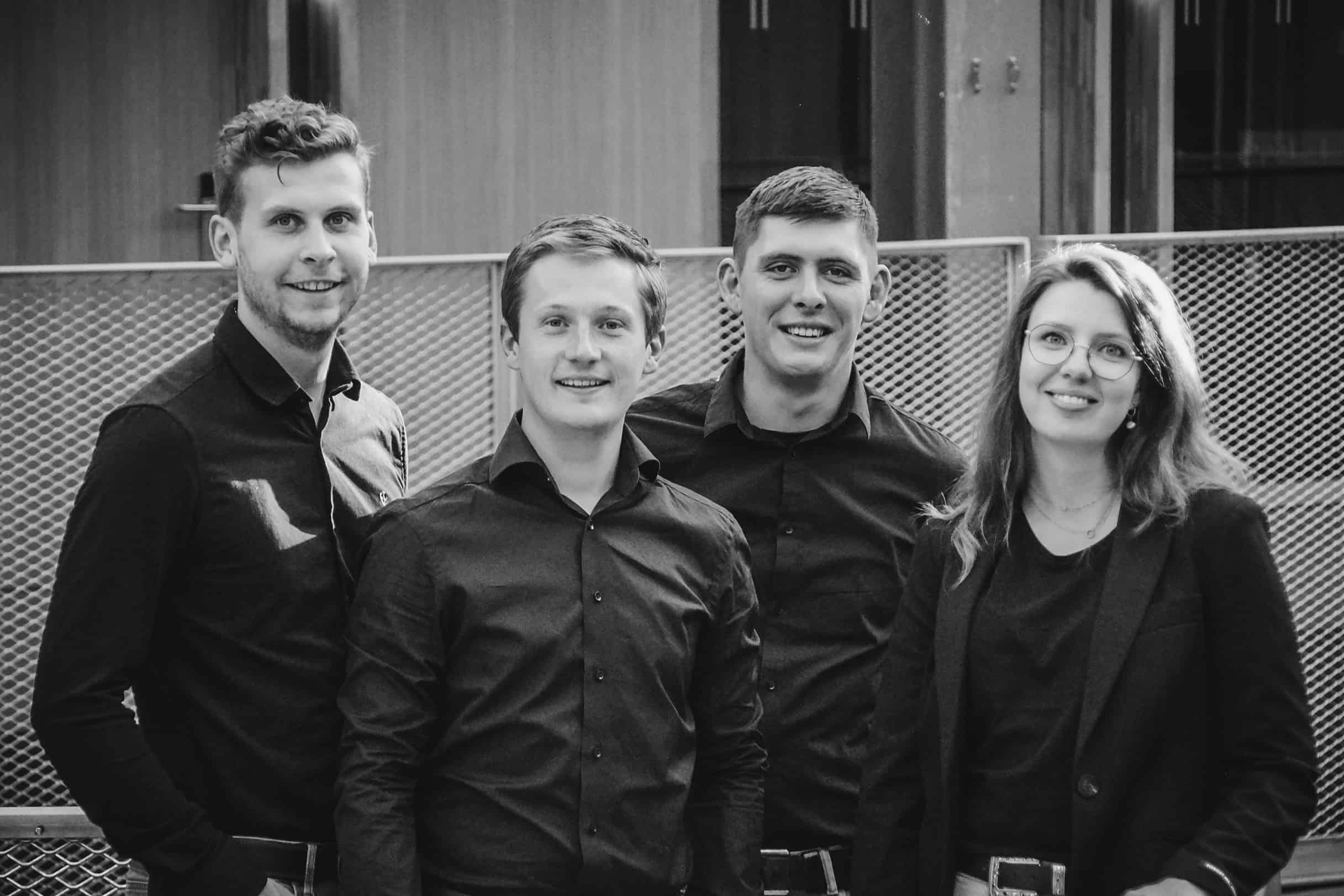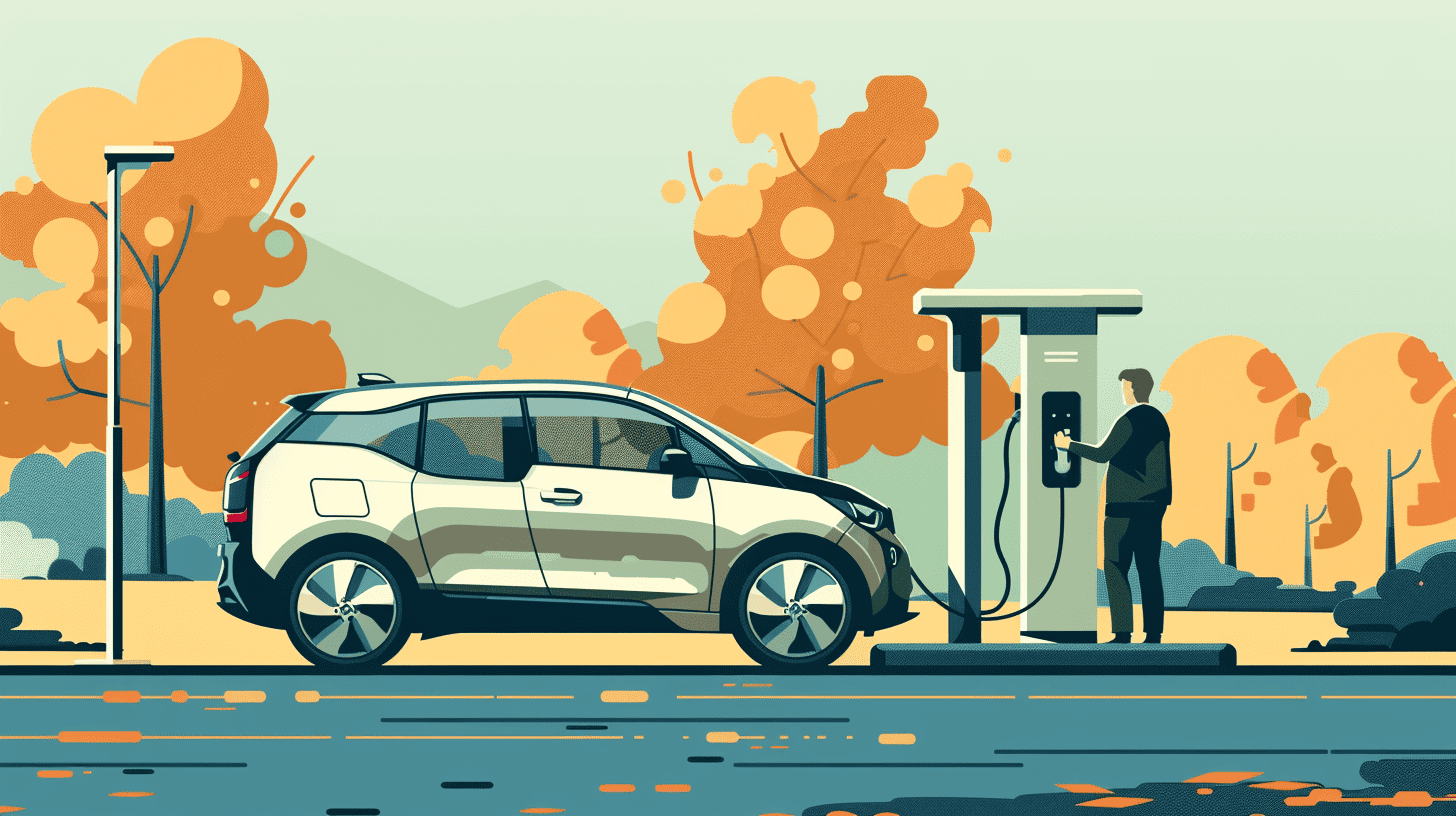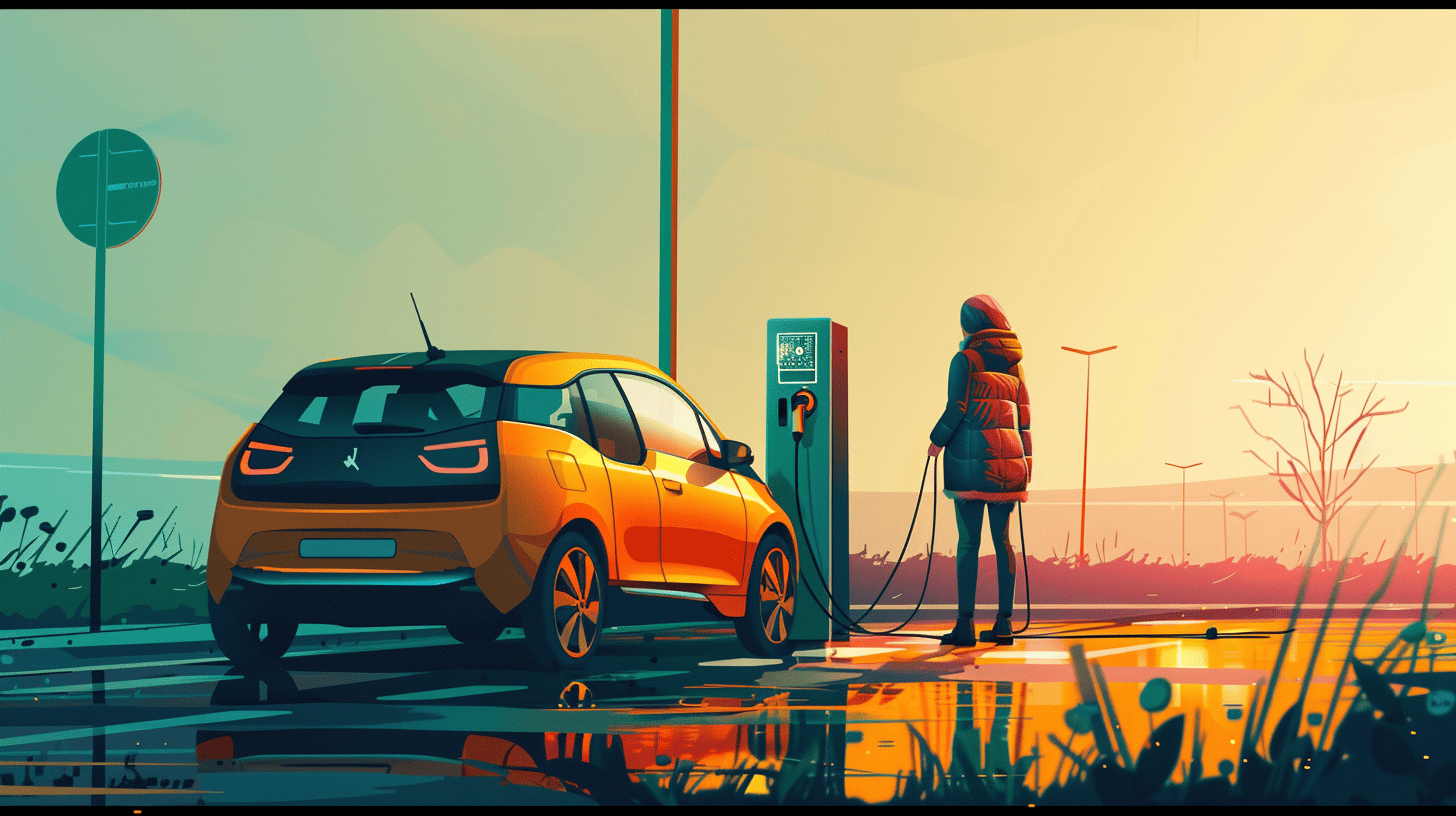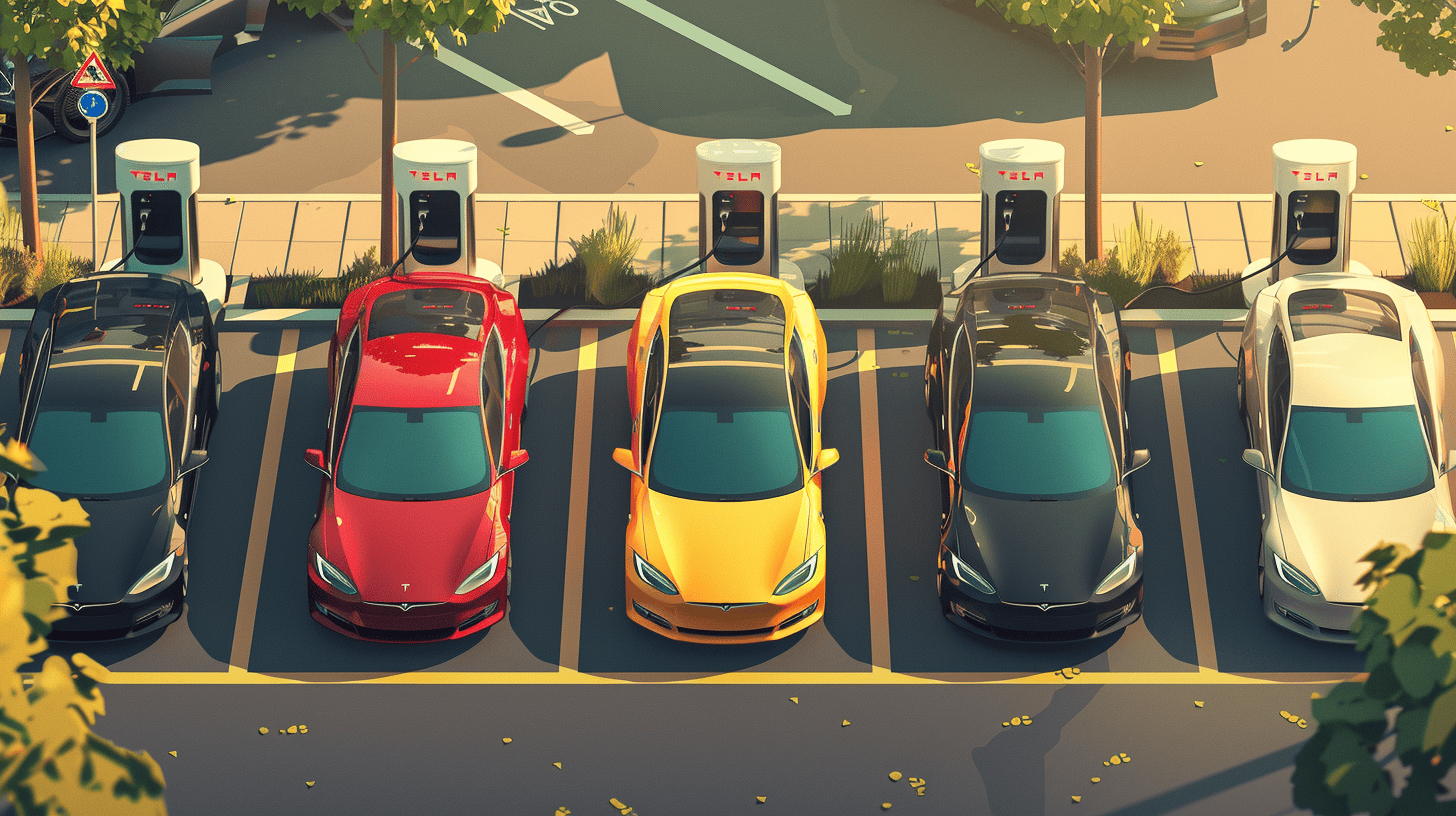
As an Amsterdammer, Felix Hamer has never owned a car; he has always preferred to rent one for his road trips. In 2017, he decided to rent an electric motorbike for a trip, becoming fascinated by the possibilities of electric mobility to the point of opening an online blog about his electric adventures, Electric Felix. Since then, he has driven tens of EVs – not only cars but also scooters, vans, and motorcycles – sharing his experiences with thousands of followers on LinkedIn and Twitter.
For the sixth episode of EVolution, we spoke with Hamer about the state of EV technology and his view of some of the more relevant topics, especially charging— as #MOREPLUGS is one of his favorite hashtags.
Why EVolution
Eleven years from now, newly sold cars in the EU must have zero emissions standards. As sales surge, electric vehicles are poised to be the ones to decarbonize Europe’s car fleet. Where do we start from? What are the outlooks towards the years to come? As the deadline is established, we feel the importance of informing our audience more on the topic. So comes EVolution. At IO, innovation and technology are our core business, so we’ll focus this series on some of electric mobility’s most discussed – and sometimes controversial – aspects.
What stage are we at in terms of EV technology maturity?
“The perfect EV is very energy efficient, thanks to a simple powertrain that takes away much of the complexity of a combustion engine car. But then, the software behind it also needs to be very well designed. I think we still have so much to gain because an EV is much more of a computer than a combustion car ever was. These computers need to be amazing because you ultimately want people to get in and tell the vehicle where to go.
I once rented a Mercedes with the feature of starting charging from the driver’s console. The painful part was understanding which charger I wanted to use. I had to get out of the car, check the charger number, and fill it in myself. You realize that this was a well-intended feature, but it would have actually been faster to start the charge from my phone standing outside with the plug. Overall, I think that a lot of the important technological advancements are yet to come. I want us to go for mass adoption, but the technology is still in its infancy, growing in unforeseen ways. We are heading towards some teenage stability, but teenagers are pretty wild, too.”
EVERY new car in this street, is already fully electric: 100% 🎢⚡️⚡️⚡️#alwaysbecharging#amsterdamelektrisch
— Felix Hamer • electricfelix (@electricfelix) April 29, 2024
WELCOME TO AMSTERDAM❌❌❌ pic.twitter.com/eyjYO3mmqk
Recently, a report by the Nationale Agenda Laadinfrastructuur (NAL) called for more price transparency. How can we make price transparency less wild?
“The way to improve price transparency is still complicated. I think ad hoc payments, at least for fast chargers, will be forced into the game. In the past years, we have seen more chargers where you can scan a QR code to start charging, but then, you might still get a much better price if you have an account with that provider.”

What role can interoperability between providers play?
“For most users, things need to be easy. Interoperability is super important because you want to use the charging card or the app that you already have. If you know that it would be slightly more expensive, that is beside the point if what you already have can get you to your final destination.”
What about payment uniformity?
“Ideally, payment units should be as close to the internet as possible; 99% of drivers have a phone, so that could be the best payment device, and not much extra hardware is needed. Even this way, making it uniform is complicated. The last time I visited Copenhagen, I wanted to pay using Apple Pay because the charger read that it was accepted. However, I found out that Apple Pay must be connected with a credit card, which I didn’t have, as I linked the service with my Dutch bank account.”
The same NAL report also showed increased charging point installations in the Netherlands.
“In the Netherlands, there are around 150,000 public chargers, 145,000 of which are slow ones. Even though we have them anywhere, they will not help me if I’m on the road. And even if you are on the road, many of the fast charging stations along the highway are very small. As soon as people start traveling for holidays, Dutch highways will not be a great place to be. Our fast charging network is insufficient for the number of vehicles on the road. The funny thing is that on any normal day, it doesn’t really matter because nobody goes that far or drives that fast.”
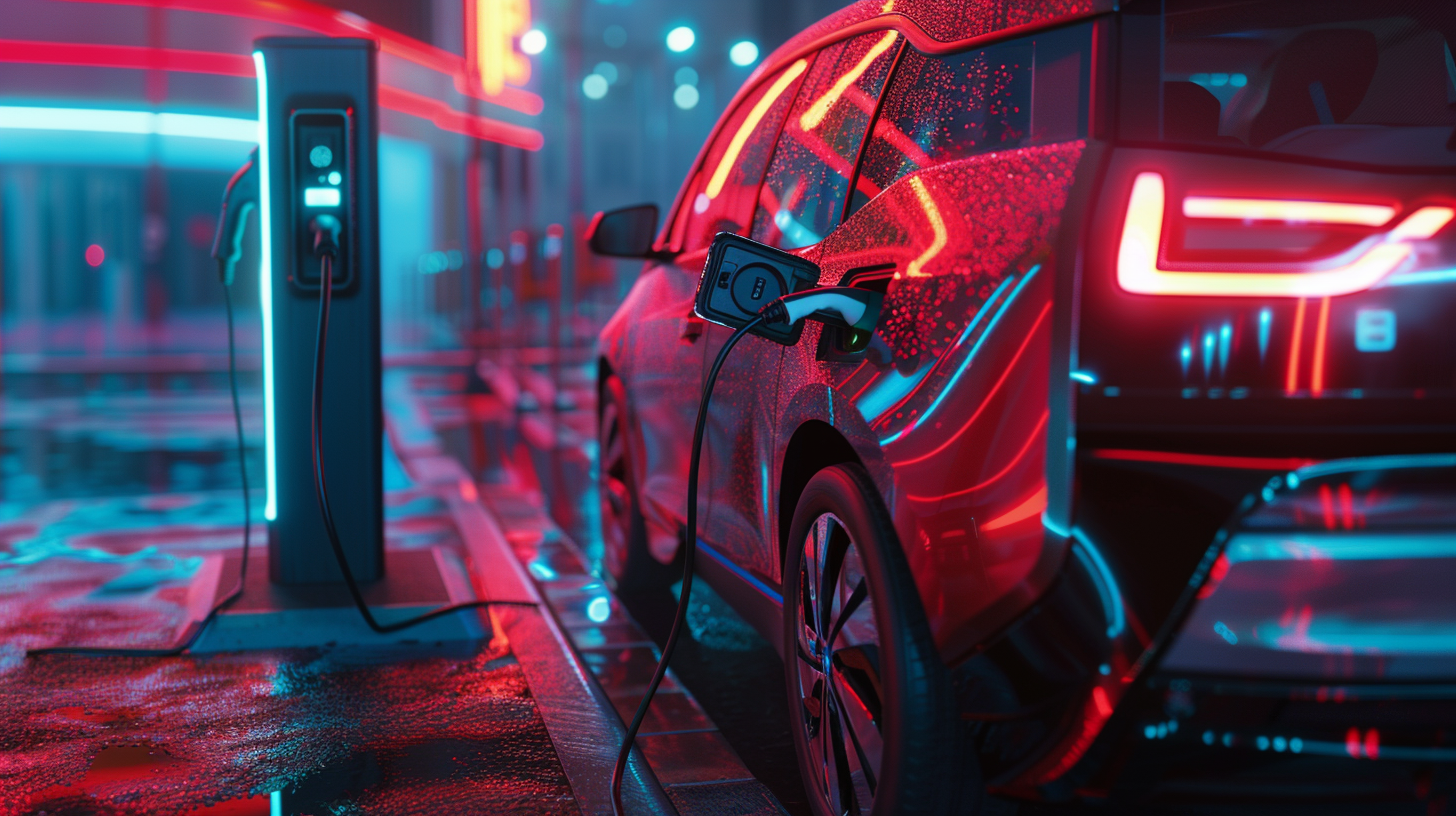
Chinese cars are entering our markets more, but European politicians are not as happy. What’s your take on that?
“For years, the politicians supporting EVs were pushing for more affordable ones, which is a good point, and now that Chinese are partly coming here to offer them, they say: ‘No, thanks!’ This is funny to me. And then I wonder if a BMW or a Volvo is made in China, should we not subsidize it? And half of the Teslas in Europe are made in China.”
“I’m not convinced that attacking Chinese cars is the right way to proceed. By following the Chinese scene, you see that they are innovating faster. If you want to buy the best battery in the world today, there is no other place to get it than China, and we need the best batteries.”
What tip would you give those considering buying an electric vehicle?
“For me, the rental experience has been precious. I would really recommend people rent an electric car or use a shared vehicle and see by themselves where it drives them; you will simply learn the most by trying. Today’s EVs come with simple and better software by the day that helps along the route, so if you rent one, you can get a feel of how the technology works.”




